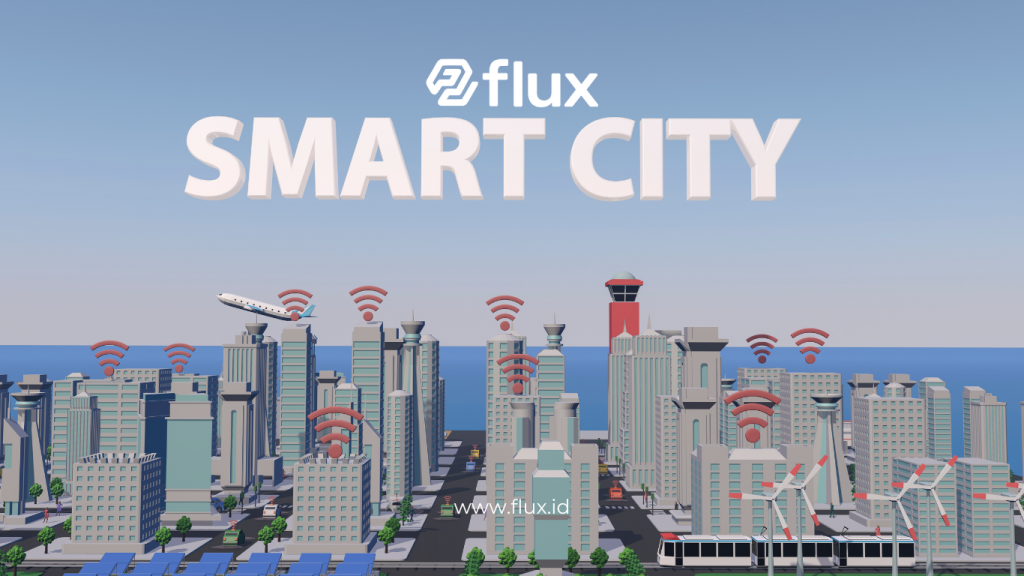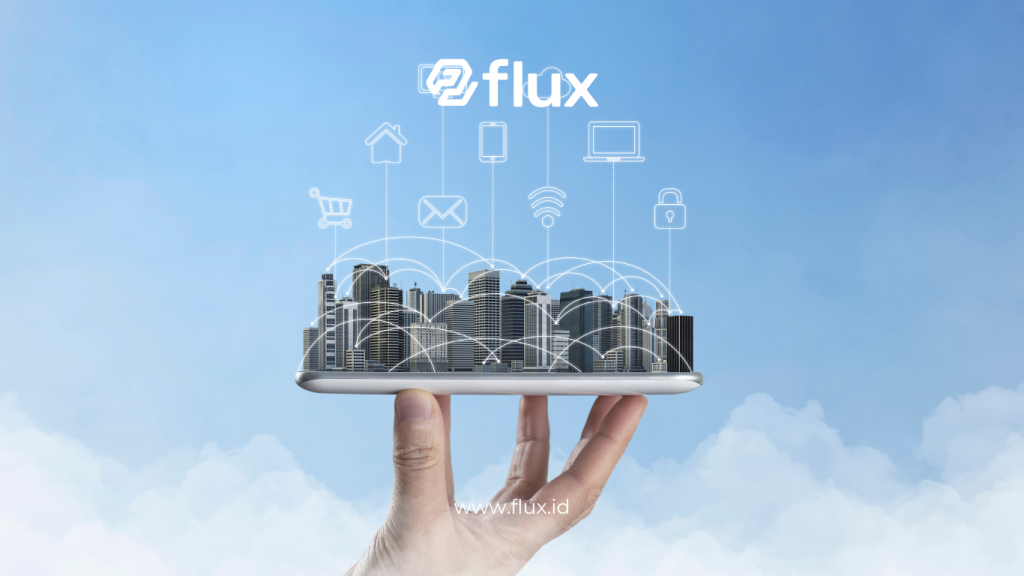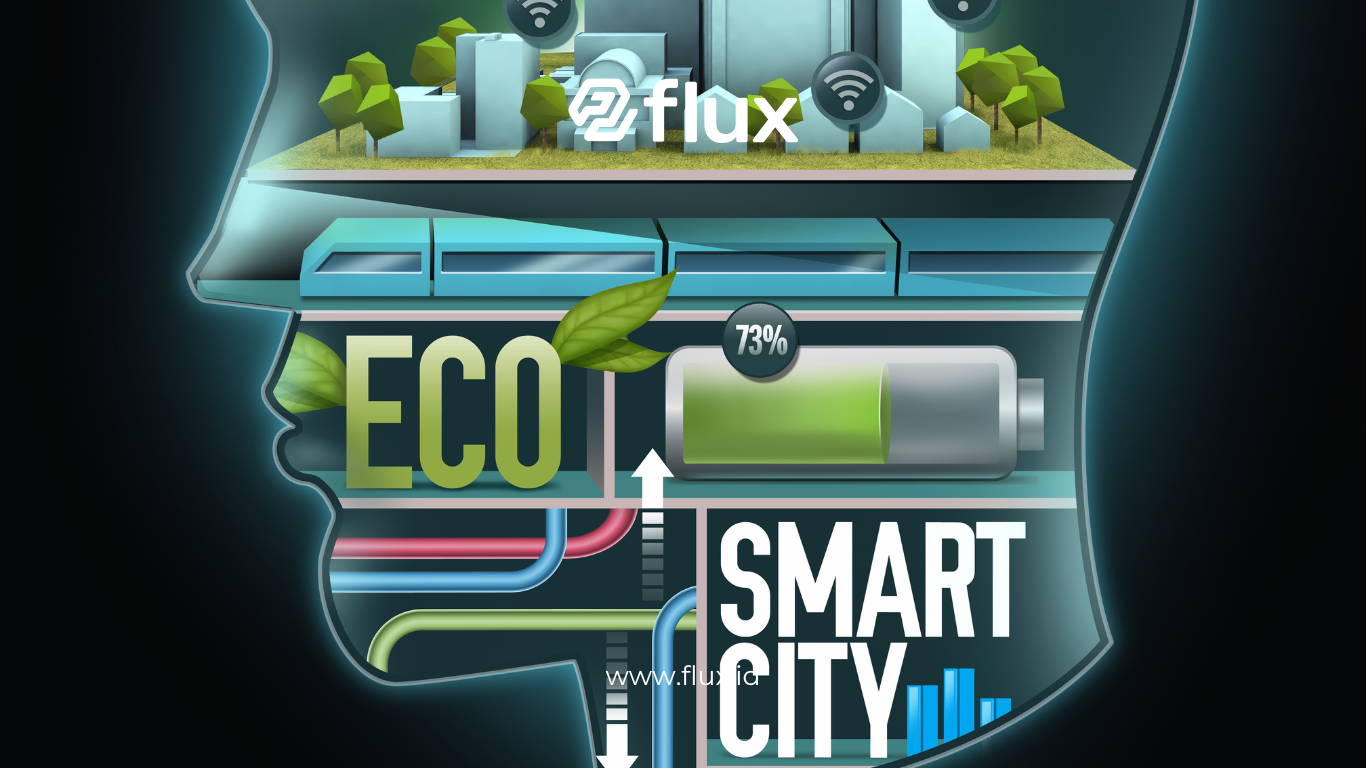Don't miss our holiday offer - 20% OFF!
The digital transformation era has ushered cities worldwide into a new phase called smart cities. Within this ecosystem, the Internet of Things (IoT) plays a pivotal role by enabling seamless interconnectivity among infrastructures. This article explores IoT’s role in enhancing connectivity, its supporting technologies, and the impact on urban living.
Contents
What Are Smart Cities?

Read More: Smart City: Technological Solutions for Better Urban Living
A smart city integrates digital technology, data, and IoT to improve public services, sustainability, and the quality of life. Key components include:
- Smart Transportation
- Energy and Environmental Management
- Public Safety
- Waste and Water Management
IoT: A Key Enabler for Smart Cities
IoT connects devices, sensors, and systems, enabling real-time data sharing for better decision-making. Examples include:
- Smart Streetlights: Adjusting brightness based on environmental conditions.
- Integrated Transport Systems: Providing real-time route information.
- Automated Waste Management: Sensors detect when bins are full to optimize collection.
Benefits of IoT in Smart Cities

Read More: IoT Technology in Smart City Development: Realizing a Connected and Sustainable City
1. Enhanced Energy Efficiency
IoT enables real-time energy monitoring, reducing waste and operational costs.
2. Improved Mobility
IoT-powered transport systems offer smart navigation solutions, minimizing congestion.
3. Better Public Safety
IoT sensors and smart cameras detect suspicious activities, ensuring rapid responses.
4. Cleaner Environment
IoT aids waste management and air quality monitoring to maintain a healthy environment.
IoT Technologies Driving Smart Cities
1. Smart Sensors
IoT sensors measure air quality, noise levels, and soil moisture for urban parks.
2. 5G Networks
5G enables faster, more stable data transfers between IoT devices.
3. Cloud Computing
Cloud serves as the storage and analysis hub for IoT-generated data.
4. Artificial Intelligence (AI)
AI processes IoT data to deliver predictive solutions for urban management.
Challenges of IoT Implementation in Smart Cities

Read More: Smart City and the Future of Urban Areas: Optimizing Infrastructure with Smart Technology
1. Data Security
IoT networks are susceptible to cyberattacks that may disrupt critical systems.
2. High Implementation Costs
Deploying IoT devices and infrastructure requires significant investment.
3. Lack of Standardization
Diverse IoT devices need universal standards for efficient communication.
4. Public Privacy Concerns
Citizen data collected via IoT must be protected against misuse.
Case Studies: IoT in Action
1. Singapore: The Smartest City in the World
IoT applications include:
- Transportation: ERP (Electronic Road Pricing) system using sensors.
- Environment: Real-time air quality monitoring.
2. Barcelona
- Energy-efficient smart streetlights.
- Waste sensors for optimized collection routes.
The Future of IoT for Smart Cities

Read More: Smart City Transformation: Understanding the Role of IoT Sensors in Optimizing Urban Infrastructure
IoT continues to evolve with innovations like digital twins, robotics, and big data analytics. The future of smart cities will emphasize sustainability and collaboration between public and private sectors.
Conclusion
IoT serves as the backbone of smart city development by delivering efficient connectivity between infrastructures. Despite challenges, the technology offers immense benefits in mobility, safety, and environmental sustainability. With careful planning and execution, IoT will transform urban life worldwide.





